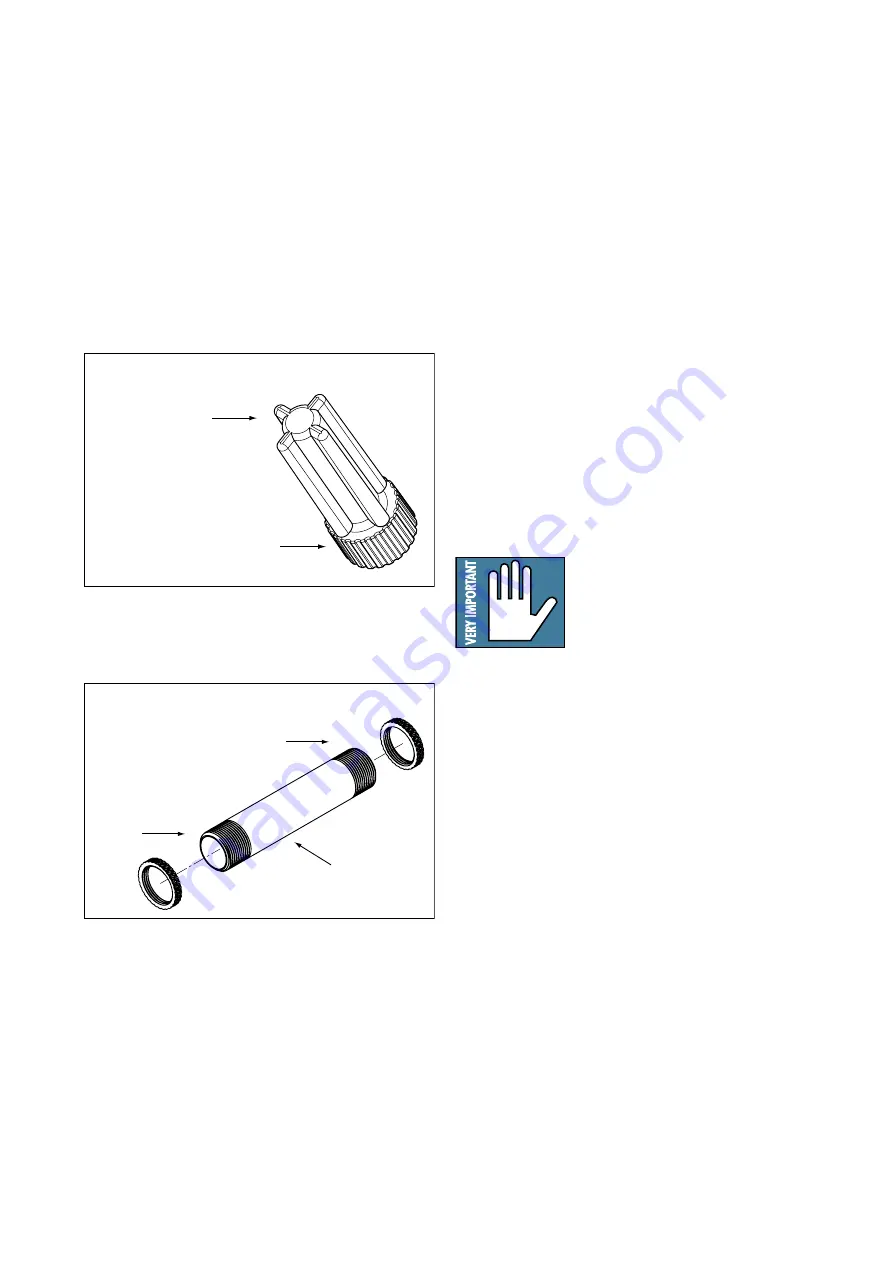
11
PLACEMENT
The SRM150 compact active PA systems are designed
to sit on the floor, a tabletop, or to fit on a standard
microphone stand.
You can place the SRM150 on the floor and angle
it back to use it as a floor monitor. The unique shape
of the cabinet provides a perfect angle for aiming up
toward performers from the front of the stage.
You can also use the Mic Stand Adapter (included),
which allows you to mount the SRM150 onto a standard
microphone stand.
Insert into the bottom
of the SRM150
5/8” adapter threads onto mic stand
MIC STAND ADAPTER
In addition, there is a threaded insert on top of the
cabinet for mounting the boom extender (included).
This allows you to attach a microphone boom on top of
the SRM150 for your microphone.
Thread into the top
of the SRM150
Mount Mic Boom on this end
5/8” threaded boom extension
BOOM EXTENDER
As with any powered components, protect them from
moisture. If you are setting them up outdoors, make
sure they are under cover if you expect rain.
THERMAL CONSIDERATIONS
The amplifier inside the SRM150
is convection cooled by a large
heatsink. For efficient cooling, it is
important to allow at least six inches
of free space behind the SRM150.
If the ambient temperature in the room is high, it
could cause the amplifier to overheat. In this case, you
should try aiming a fan at the heatsink to increase the
air flow through the fins.
In the unlikely event that the amplifier does over-
heat, a built-in thermal switch will activate, placing
the SRM150 amplifier into standby. When the amplifier
has cooled down to a safe operating temperature, the
thermal switch will reset and the SRM150 will resume
normal operation.
Here are some other placement tips:
• Avoid placing loudspeakers in the corners of a room.
This increases the low-frequency output and can cause
the sound to be muddy and indistinct.
• Avoid placing loudspeakers against a wall. This, too,
increases the low frequency output, though not as
much as corner placement. However, if you do need to
reinforce the low frequencies, this is a good way to do it.
• Avoid placing the active loudspeaker directly on a hol
-
low stage floor. A hollow stage can resonate at certain
frequencies, causing peaks and dips in the frequency
response of the room. It’s better to place the active
loudspeaker on a sturdy table or microphone stand.






































